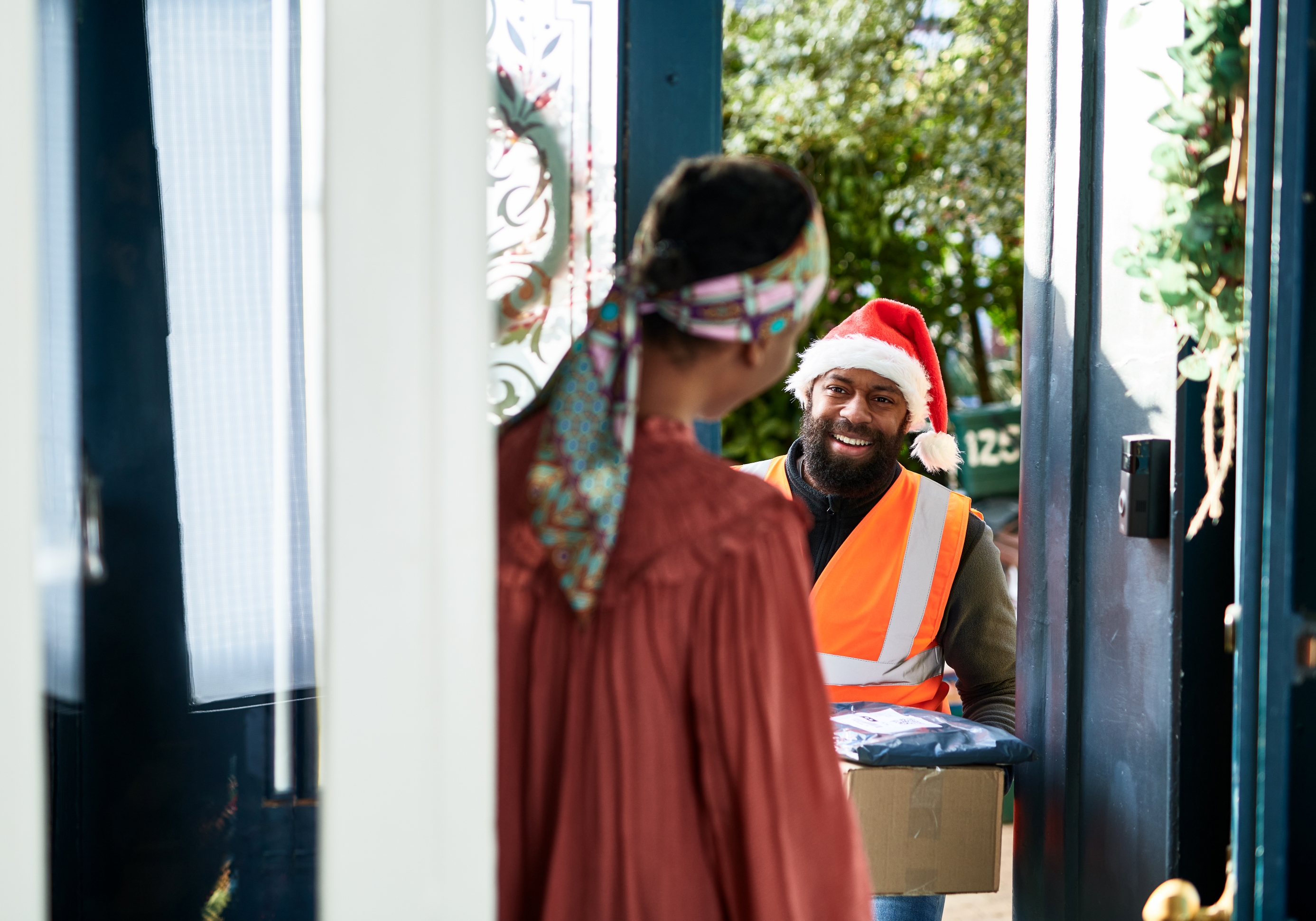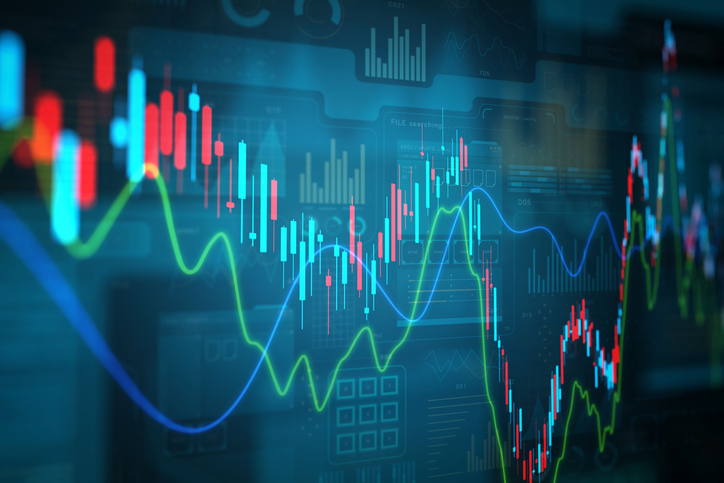Cramer's Murky Math
You should find the truth behind advertisements of winning returns before you follow the investing advice of a promoted expert.

Recent ads from TheStreet.com proclaim that its Action Alerts PLUS service, which features the stock picks of hyperactive CNBC host Jim Cramer, had trounced the market since January 1, 2002. The ads say Cramer’s “portfolio’s total average return has averaged more than DOUBLE the return of the S&P 500 [index] for the same time period.”
The ads were misleading, to put it mildly. Cramer’s service, which carries a sticker price of $475 a year, may, at best, have matched the market since its inception. It’s hard to tell, though, because TheStreet’s disclosures about Cramer’s results are murky. But they serve as a clear reminder that you must scrutinize performance claims before you start following a popular guru’s picks. In particular, watch for:
Outrageous returns. If a newsletter says it made 400% last year, be wary. Even if true, it is inconceivable that the service will repeat that kind of return.
From just $107.88 $24.99 for Kiplinger Personal Finance
Become a smarter, better informed investor. Subscribe from just $107.88 $24.99, plus get up to 4 Special Issues

Sign up for Kiplinger’s Free Newsletters
Profit and prosper with the best of expert advice on investing, taxes, retirement, personal finance and more - straight to your e-mail.
Profit and prosper with the best of expert advice - straight to your e-mail.
Selective disclosure. A service might tout its great call in avoiding the 2008 debacle, but fail to mention a lousy overall record.
Math games. In a low-return era, even accurate numbers can mislead. If your stock picks returned 2% annualized over a period in which Standard & Poor’s 500-stock index gained 1% a year, you doubled the market. But don’t quit your day job.
Skewed comparisons. Make sure performance is being compared with appropriate benchmarks—and that the benchmarks are properly calculated.
It is in the last category that ads for Cramer’s service fall short. One recent ad included a chart, under the headline “Action Alert PLUS is CRUSHING the S&P 500,” showing that the picks returned about 39% from the portfolio’s inception through last March 31, compared with 15.5% for the S&P 500 over the same nine-year, three-month period. But the S&P figure did not include reinvested dividends. With them, the S&P 500 returned 38.3%.
When I first broached concerns about the ads to Gregory Barton, TheStreet’s general counsel, he said the information represented an “isolated error due to a low-level creative person.” When I pointed out that the data on the Action Alerts PLUS Web site also misrepresented the facts, Barton retracted his mea culpa and sent me an e-mail saying that TheStreet “is not aware of any inaccuracies in the information we disclose.” He added: “We believe it is commonly understood that the S&P 500 is a price-appreciation index that does not include dividends or reflect trading costs.”
He’s right about trading costs, but wrong about the dividends. The Securities and Exchange Commission, for example, requires stock-oriented mutual funds to compare their performance with an index that includes dividends. For large-company domestic stock funds, that index is almost always the S&P 500.
What makes judging Cramer’s performance so hard is that it’s not clear whether he reinvests all of his dividends or just some of them. Barton first told me that Cramer’s service never reinvested dividends. When, based on my research, I contradicted him, he backpedaled and said that Cramer’s service “sometimes” did. (Barton says Cramer has no involvement with AAP’s marketing.)
After I began making my pesky inquiries, TheStreet changed the way it reports the S&P 500’s returns on its Web site. It now shows the change in the S&P 500 plus dividends received, but not reinvested. Those figures are typically lower than the standard S&P 500 total-return numbers. The Web site’s explanation: Because the “dividends are given away to charity annually, they are received in cash, rather than reinvested into the underlying stocks.”
TheStreet, clearly, is still using the numbers it likes to use. The lesson here for investors: Scrutinize performance claims carefully. And don’t be influenced by celebrity or self-promotion.
Columnist Andrew Feinberg writes about the choices and challenges facing individual investors. He does not have a position in TheStreet.com.
Profit and prosper with the best of Kiplinger's advice on investing, taxes, retirement, personal finance and much more. Delivered daily. Enter your email in the box and click Sign Me Up.

-
 Nasdaq Sinks 418 Points as Tech Chills: Stock Market Today
Nasdaq Sinks 418 Points as Tech Chills: Stock Market TodayInvestors, traders and speculators are growing cooler to the AI revolution as winter approaches.
-
 23 Last-Minute Gifts That Still Arrive Before Christmas
23 Last-Minute Gifts That Still Arrive Before ChristmasScrambling to cross those last few names off your list? Here are 23 last-minute gifts that you can still get in time for Christmas.
-
 The Rule of Compounding: Why Time Is an Investor's Best Friend
The Rule of Compounding: Why Time Is an Investor's Best FriendDescribed as both a "miracle" and a "wonder," compound interest is simply a function of time.
-
 Nasdaq Sinks 418 Points as Tech Chills: Stock Market Today
Nasdaq Sinks 418 Points as Tech Chills: Stock Market TodayInvestors, traders and speculators are growing cooler to the AI revolution as winter approaches.
-
 Stocks Chop as the Unemployment Rate Jumps: Stock Market Today
Stocks Chop as the Unemployment Rate Jumps: Stock Market TodayNovember job growth was stronger than expected, but sharp losses in October and a rising unemployment rate are worrying market participants.
-
 Stocks Struggle Ahead of November Jobs Report: Stock Market Today
Stocks Struggle Ahead of November Jobs Report: Stock Market TodayOracle and Broadcom continued to fall, while market participants looked ahead to Tuesday's jobs report.
-
 AI Stocks Lead Nasdaq's 398-Point Nosedive: Stock Market Today
AI Stocks Lead Nasdaq's 398-Point Nosedive: Stock Market TodayThe major stock market indexes do not yet reflect the bullish tendencies of sector rotation and broadening participation.
-
 Dow Adds 646 Points, Hits New Highs: Stock Market Today
Dow Adds 646 Points, Hits New Highs: Stock Market TodayIt was "boom" for the Dow but "bust" for the Nasdaq following a December Fed meeting that was less hawkish than expected.
-
 Dow Rises 497 Points on December Rate Cut: Stock Market Today
Dow Rises 497 Points on December Rate Cut: Stock Market TodayThe basic questions for market participants and policymakers remain the same after a widely expected Fed rate cut.
-
 JPMorgan's Drop Drags on the Dow: Stock Market Today
JPMorgan's Drop Drags on the Dow: Stock Market TodaySmall-cap stocks outperformed Tuesday on expectations that the Fed will cut interest rates on Wednesday.
-
 Stocks Slip to Start Fed Week: Stock Market Today
Stocks Slip to Start Fed Week: Stock Market TodayWhile a rate cut is widely expected this week, uncertainty is building around the Fed's future plans for monetary policy.